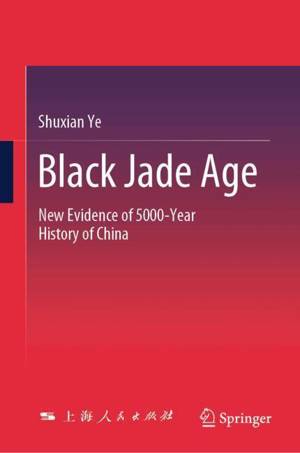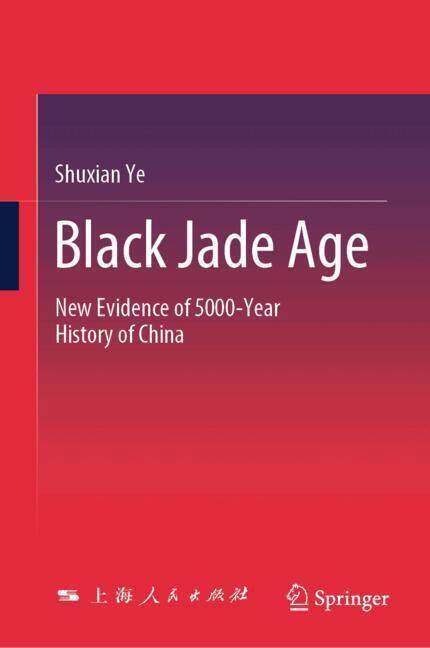
- Afhalen na 1 uur in een winkel met voorraad
- Gratis thuislevering in België vanaf € 30
- Ruim aanbod met 7 miljoen producten
- Afhalen na 1 uur in een winkel met voorraad
- Gratis thuislevering in België vanaf € 30
- Ruim aanbod met 7 miljoen producten
Omschrijving
This book analyzes and summarizes the narrative motifs of Chinese mythology, before tracing their material and cultural elements using the new classification of Big Tradition and Small Tradition theories of culture from the field of literary anthropology, as well as related interdisciplinary theories from literary anthropology and archaeology. China's history reaches back more than 5,000 years, while the earliest known Chinese character system, oracle bone script, was created over 3,000 years ago. Following up on a reference to black jade in The Classic of Mountains and Rivers, the author conducts an extensive survey of black jade ritual articles in the Yellow River and its tributaries, supported by the new archaeological discoveries of black jade battle axes, the primal jade ritual article used in the Central Plains 5,300 years ago. The author then establishes a chain of evidence, using quadruple-evidence methods to validate the Black Jade Age as the first age of the jade culture in the Central Plains. His goal in doing so is to flesh out the myth-enshrouded age of Emperor Yan, Emperor Huang, and Warrior Chiyou, transform it into a substantiated landscape of the origin of the Central Plains Civilization, and offer evidence-based reasoning for this two-thousand-year gap.
By doing so, it arrives at unprecedented insights into the origin of Chinese civilization. Methodologically speaking, the book adopts quadruple-evidence methods from the field of literary anthropology, emphasizes intellectual exploration beyond documentary records, combines the living cultural inheritance with newly discovered cultural inheritance that has long been lost underground, makes full use of the method of physical evidence, and employs a series of physical images to form a far more complete and systematic chain of evidence, so as to successfully reconstruct the cultural contexts of China's 5000-year history.
Specificaties
Betrokkenen
- Auteur(s):
- Uitgeverij:
Inhoud
- Aantal bladzijden:
- 300
- Taal:
- Engels
Eigenschappen
- Productcode (EAN):
- 9789819613083
- Uitvoering:
- Hardcover
- Afmetingen:
- 155 mm x 235 mm

Alleen bij Standaard Boekhandel
Beoordelingen
We publiceren alleen reviews die voldoen aan de voorwaarden voor reviews. Bekijk onze voorwaarden voor reviews.











